Q&A: Blond:ish
In the runup to Halloween's Minimal Effort affair, Vivie Ann and Anstascia reveal the inspirations behind their hypnotic debut album.
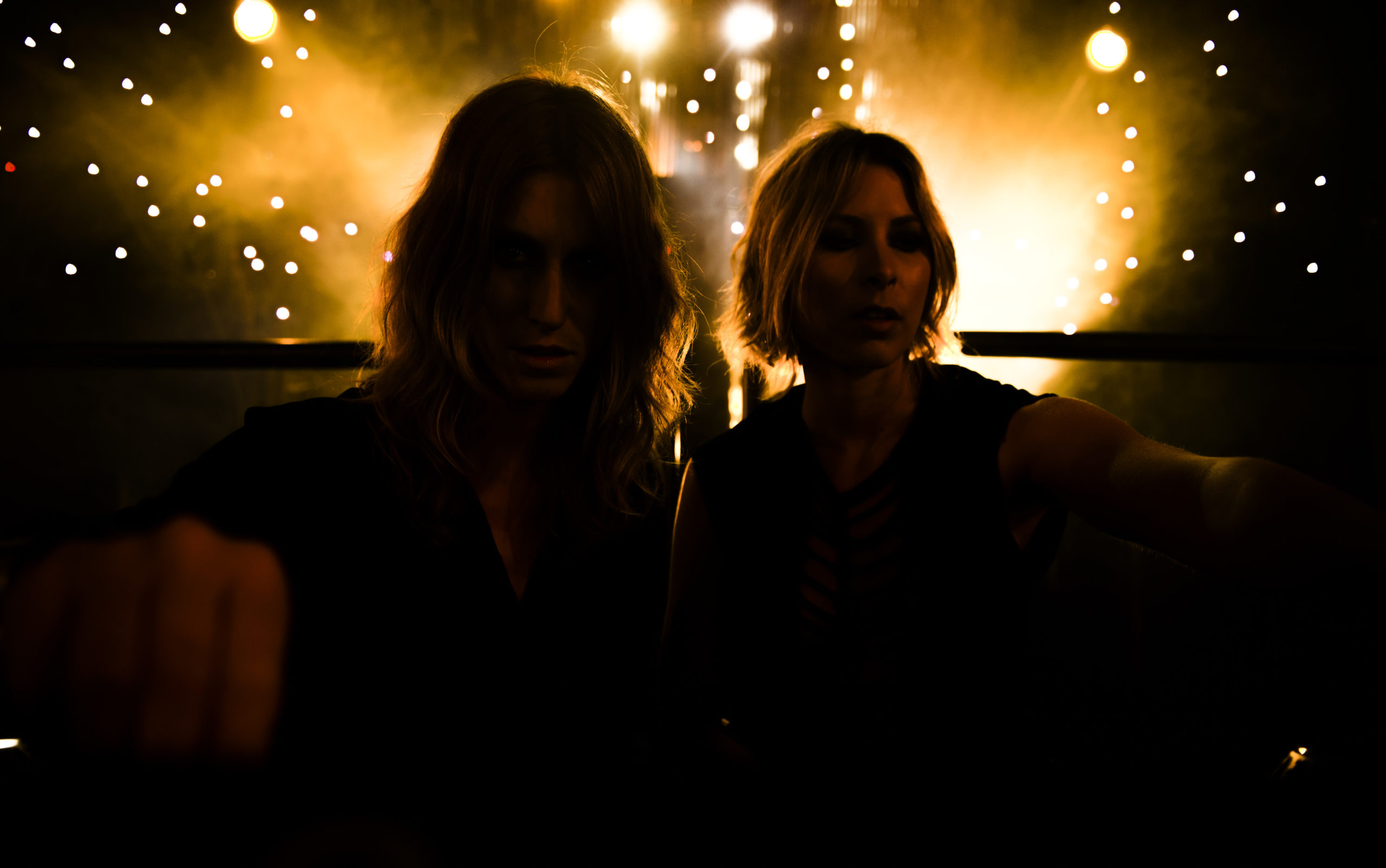
Q&A: Blond:ish
In the runup to Halloween's Minimal Effort affair, Vivie Ann and Anstascia reveal the inspirations behind their hypnotic debut album.
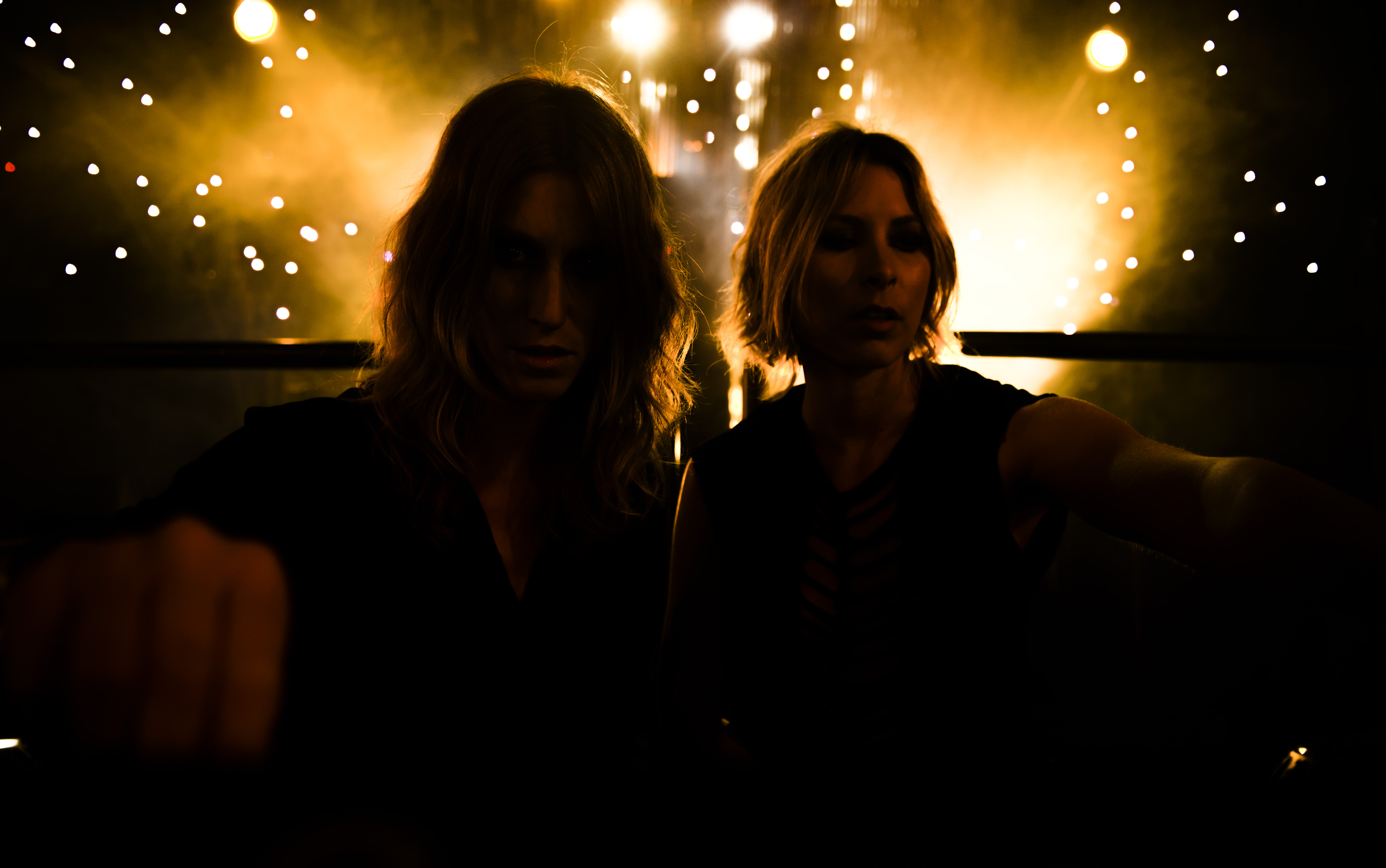
It’s been a long time coming, but Vivie Ann Bakos and Anstascia D’elene have released their debut full length, entitled Welcome to the Present. The pair’s Blond:ish project, formed when the two met in Montreal in 2008, has grown into one of the leading lights of the modern electronic-music scene, acclaimed for the eclectic nature of its DJ sets and lauded for a growing collection of EPs on labels including Rebirth, Kompakt and Get Physical. But even for the most open-minded of fans, Welcome to the Present will come as a surprise, as the duo step away from their previous dancefloor-oriented works to explore more psychedelic and hypnotic soundscapes, clearly influenced by their surroundings in their makeshift studio nestled within the Tulum ruins. Enthused to elaborate on their wide-ranging inspirations and immersive production processes, Bakos and D’elene—who are playing Halloween’s Minimal Effort bash in LA alongside Agoria, Hunter/Game, Anja Schneider and others—sat with XLR8R to reveal more.
This is your debut album—how are you feeling about it?
D’elene: Overwhelmed. And excited.
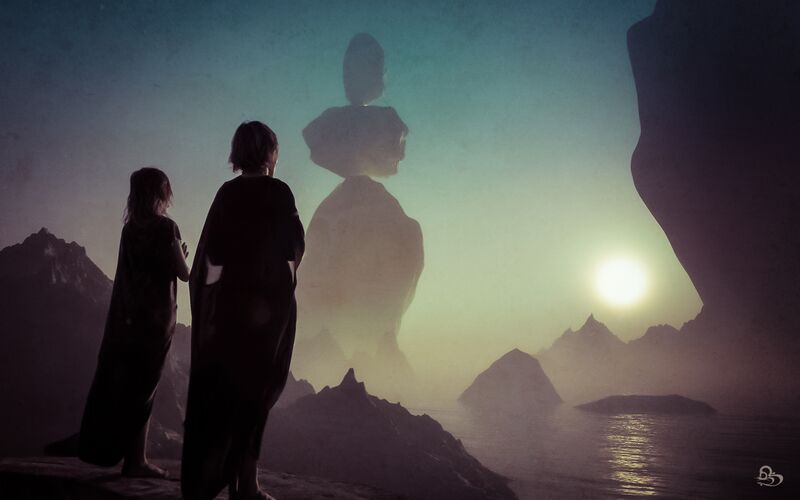
Bakos: Definitely overwhelmed—but it’s a new experience and that’s how you grow as a person. The whole album has been a crazy journey. Its not like you just make the tracks and its finished. There is a whole array of things that go around it—and we got pretty deep when we went to India, so it gave us a chance to reflect. An album is a lot more than just making some tracks and putting them out.
You’ve been producing music for over five years—but did now just feel like the right time to present an LP?
D’elene: Yes. Kompakt has been asking us to make an album over the last two years. Last year was not right, so this year we decided to just dive in head-first because we had a lot to express and so much inside of us that we wanted to tell a story. And then halfway through the album, Kompakt contacted us and asked to hear a few of the tracks.
Bakos: But we had been living in the jungle for two months we were a bit off the grid. We just ended up sending the twelve tracks that we had.
And what was the response?
Bakos: They didn’t respond for two weeks! Usually they write us back in a couple of hours so when we didn’t hear from them for so long, you can imagine what we were thinking!
D’elene: Finally they replied and said “Sorry girls—we have been traveling, and we finally had a listen and are completely in love with this album. It’s amazing and nothing like we have ever heard before.” So that was a huge moment of relief and euphoria.
How long did it take to produce those 12 tracks?
D’elene: We pretty much had 12 tracks done in our makeshift studio in Tulum by the end of February—so about a month and a half. But then you take a break from listening to them over and over again, and then you go back into them and make little adjustments which takes the same amount of time. We were touring at the same time as doing this so that was really challenging. After that comes the mixing process and figuring out the album artwork —and what you want the message to be behind the music. We feel like we just finished yesterday!
There are only 11 tracks on the album. Why did you decide to cut one?
Bakos: We sent the label 12 and they decided to cut one. Usually when someone makes an album they make like 20 to 30 tracks or even more. Booka Shade once told me that they made 72 tracks for one album and they cut it down to 12. We wanted to do 13 actually.
“That human element is really important for our music. I work so much better when we have a live element; it gives me more inspiration for the track.”
How do you begin producing a track? Do you have a sketch in your mind before heading into the studio or is it pretty much just jamming?
Bakos: Well, the way we did it was through Ableton. We usually work separately at first just to get something going. We recorded a lot of artists in Tulum and South America and stuff so you go through those samples and begin to warp them a bit and play them with a kick or a synth underneath and it starts to build a vibe. Thats how we started most of the tracks. That human element is really important for our music. I work so much better when we have a live element; it gives me more inspiration for the track.
Sonically speaking, the album is very hypnotic—even psychedelic at times. It’s different than your previous work—but was that a conscious decision when you went into the studio?
Bakos: Everyone has their own opinion about what it is—and there is a psychedelic aspect, for sure. But even though it sounds like a cliché, we just went with what we felt natural. That is why we took the two months off so we had no outside distractions. We really wanted to just be honest to ourselves with what we were making.
D’elene: It was completely organic. We just knew that this was the vibe that we wanted to put out, but we never knew exactly what was going to come out of it. Whenever we say we want to do something, usually the opposite happens—so we decided not to say “this is what it is going to sound like” because otherwise it would have sounded like drum & bass or something! We just decided to just go with it.
But did you want the album to be removed from the dancefloor?
Bakos: Yeah, I think so. We never thought of doing a dance album. We wanted to have a little bit more of a dance element to it, and not just completely ambient tracks—but it was always going to be a big, mixed journey throughout. It’s an inner and outer journey, and we wanted to make something you can listen to on the beach and the car while you are doing yoga, while you are meditating—or just hanging out at an after-party.
D’elene: We always wanted it to be more than just a rave album.
Do you think you will return to the dancefloor with your future releases?
Bakos: Definitely—we are just trying to bridge these two worlds without alienating anyone. We don’t want to be stereotyped so we are always trying to weave our way through different genres.
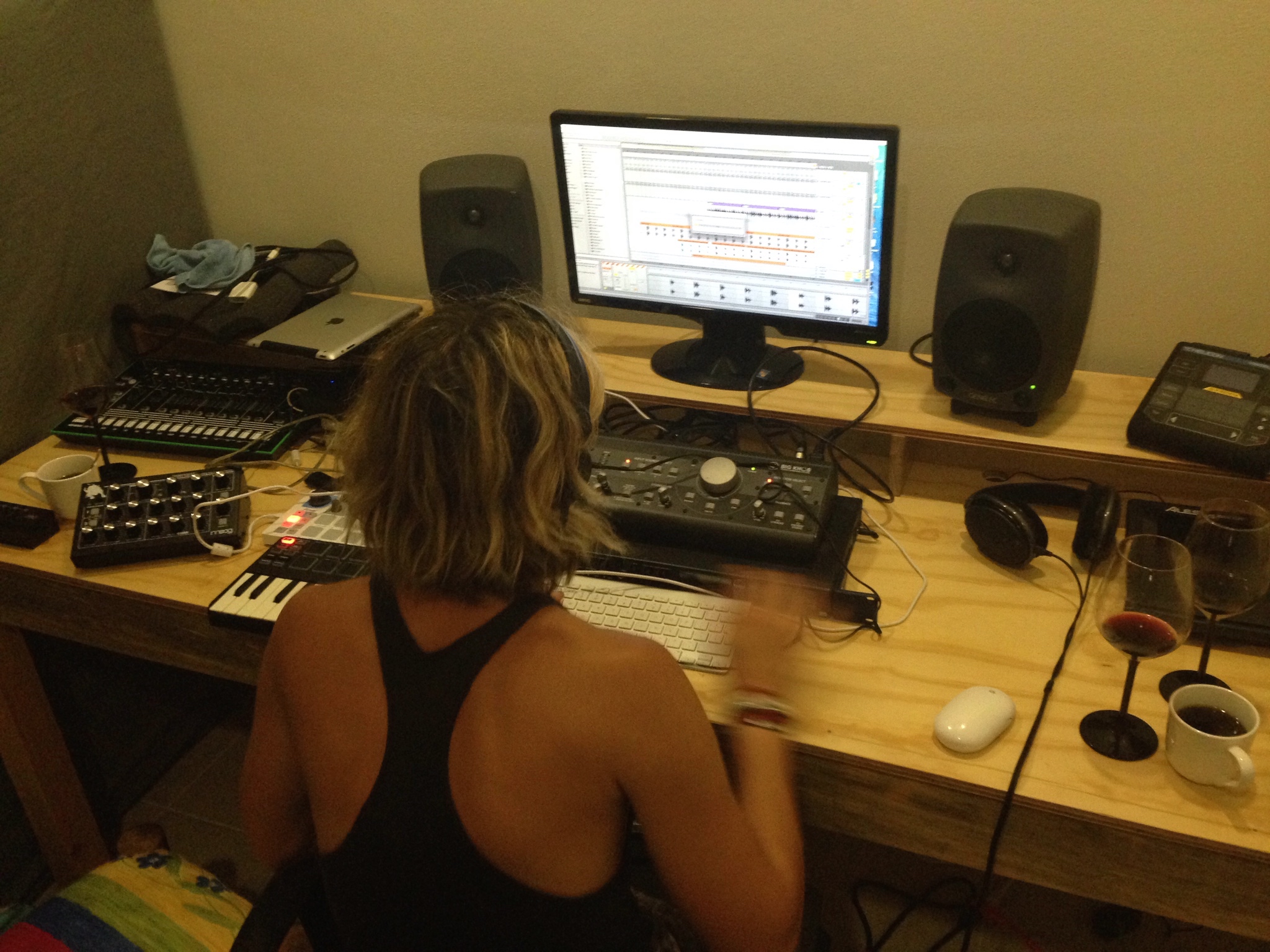
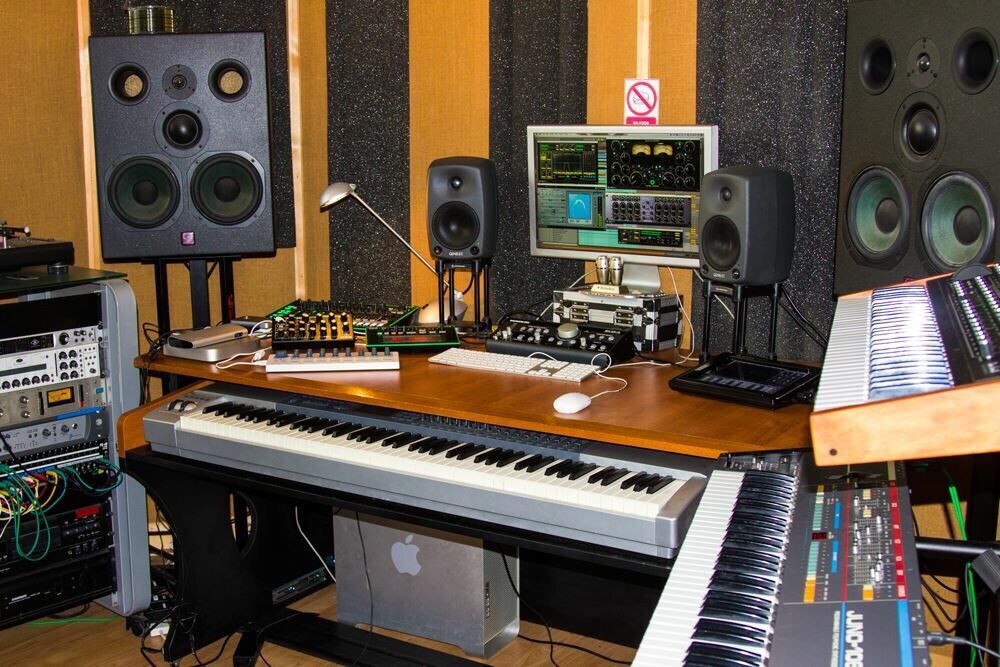
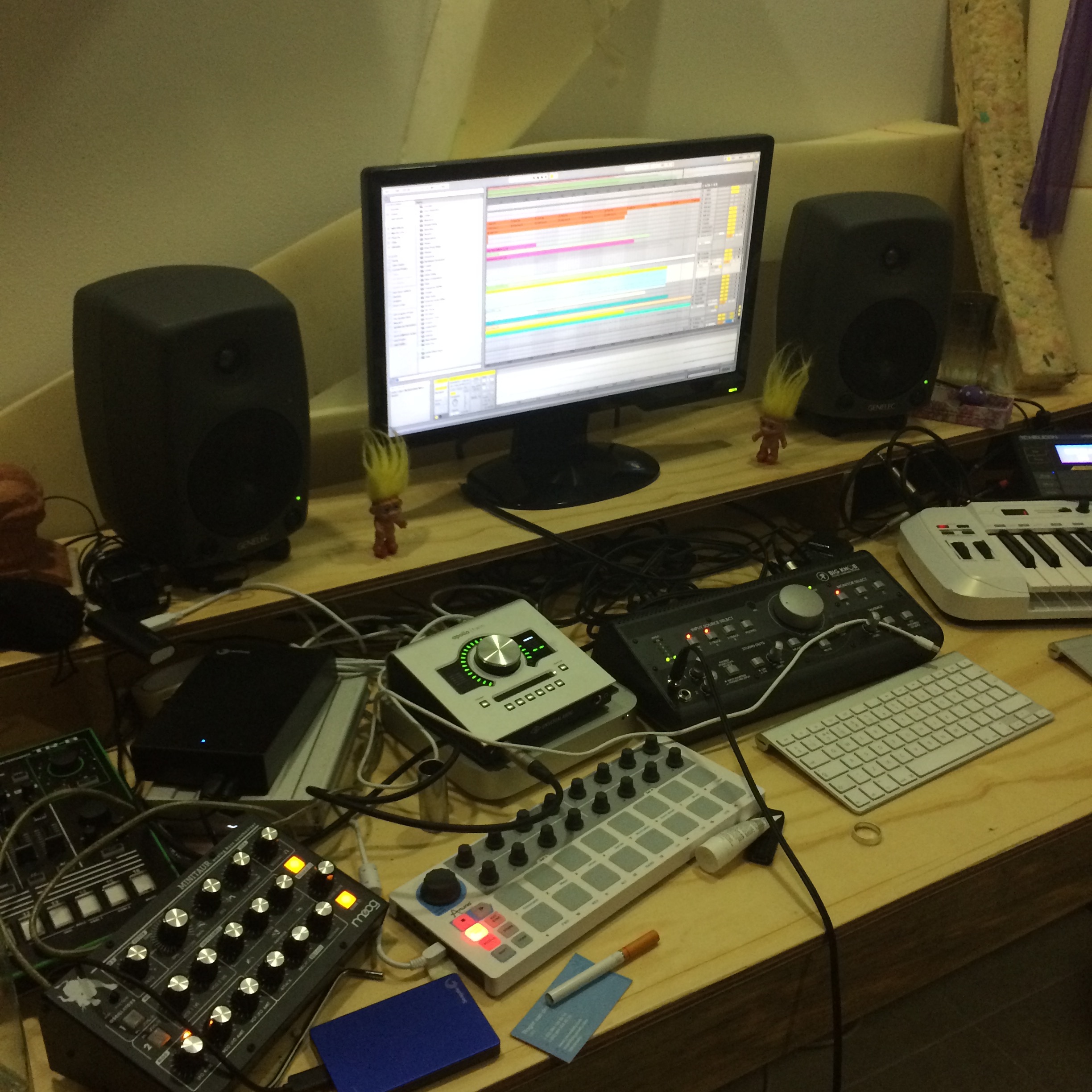
You recorded around the ancient Mayan ruins. In what way did that impact the sound of the album?
Bakos: We were really influenced by the vibe of Tulum. It’s an amazing place. At around 4pm on the beach, when the sunset is on its way, you start talking to your friends and people figure out what is going on in the evening by word of mouth. Once the word spreads, you go out all night and it eventually turns into what we call 94-bpm raves. It’s slower music with really nice indigenous sounds—its just like techno but slowed down. I think that that sound really influenced us because everyone is still dancing and having an amazing type—but not in a raving type of way. It is a totally different angle, because when the music is at 94 bpm, you are actually listening to the space between the notes so you can absorb what the music is actually saying. It’s as if I am talking really fast and you can’t even understand what I am saying. So if you slow it down, you actually have a second to understand what is going on.
Bakos: Yes. we didn’t have any DJ gigs because we took the time off just to do music because that’s how you get deep.
D’elene: It was a really nice house in the middle of the jungle—nothing that drastic. We rented it for a month and a half ,and had a good routine going. We would wake up, drink some coconuts and some fruit juice, go to the beach and eat some tacos. It was all about balance. After we had had a bit of sun and done some yoga, we broke out the wine bottles and smoked a bit of weed before hitting the studio. It was like that everyday— so from about 1pm until about midnight, we would just be making music. It was like this for a month and a half.
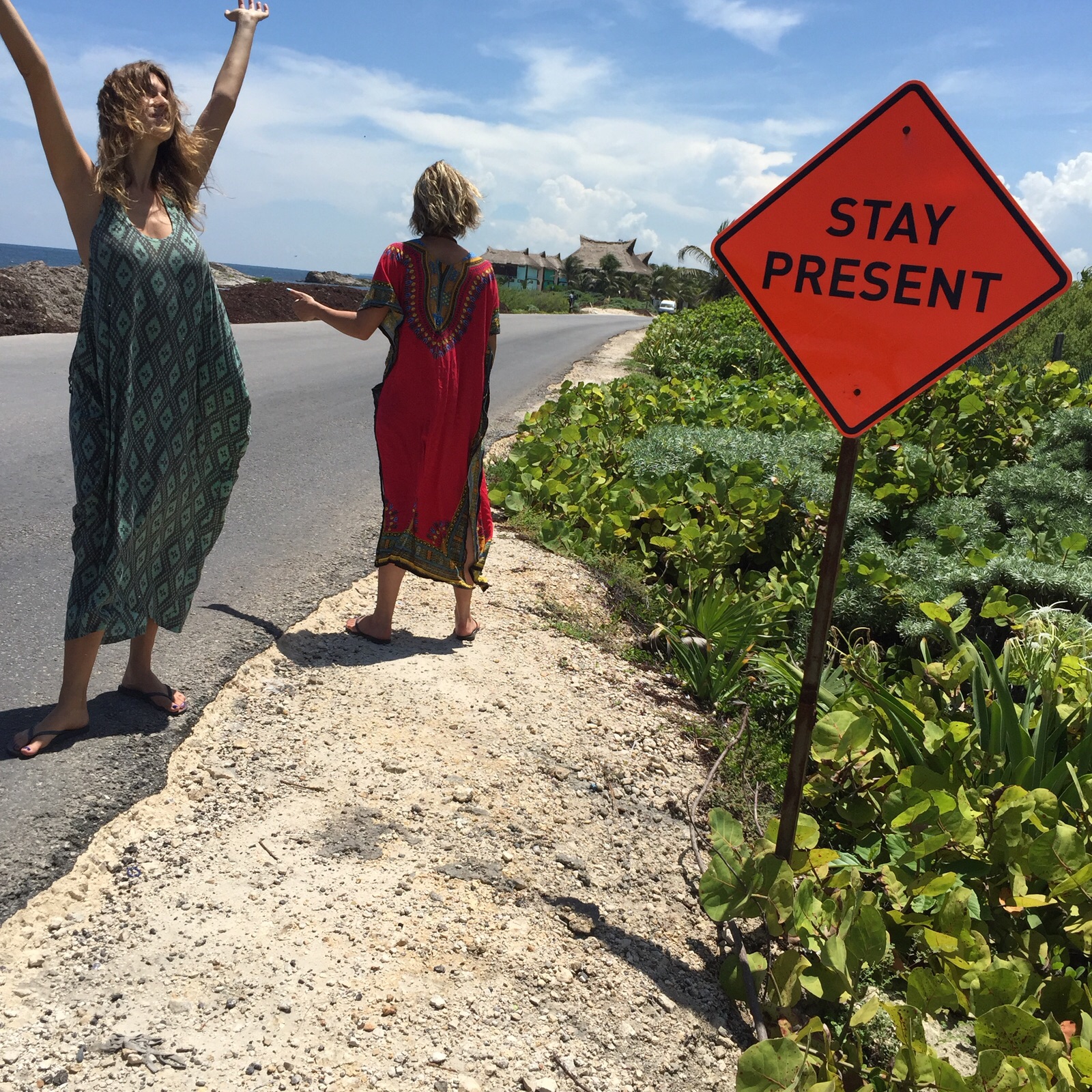
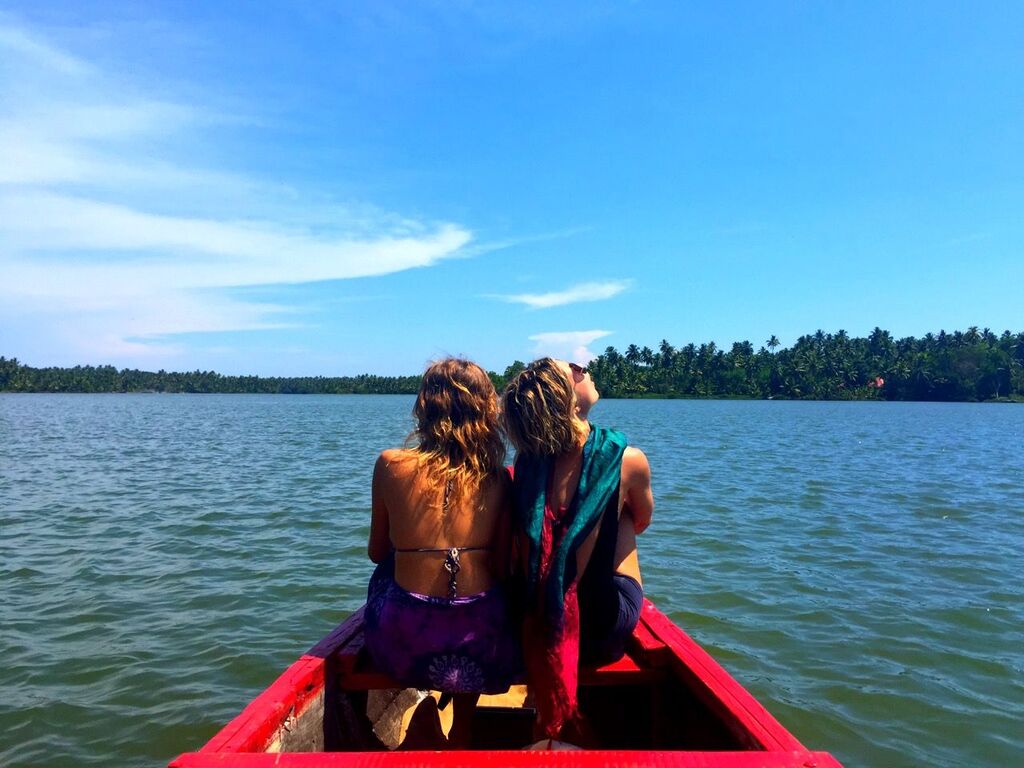
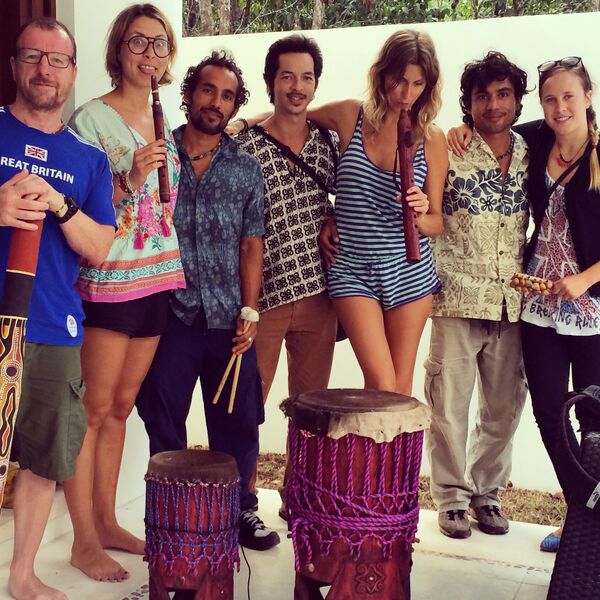
You’ve recorded your last two Kompakt EPs in the jungle as well. Why do you guys find it necessary to go there?
D’elene: Because it’s so inspiring! In Berlin you can’t just go to the beach or the jungle in the morning and get that relaxed feeling or creative energy that you strive for. Living in London for four years, it also gets pretty depressing. Its always grey and rainy—so how are you supposed to get inspired? Everything happened organically; we heard amazing musicians on the beach and met a German family of five that made music and ended up recording with us. We did a lot of field recording, and that was just the most amazing thing!
Bakos: In the Mayan Rivier, there are over 300 kilometers of underground river systems, so they create all these caves called cenotes. They have really amazing acoustics so we would record a lot of stuff like that.
D’elene: You don’t get stuff like that in London or Berlin. Everyone has their preferences, but just not for us at the moment. If we are making techno, we will make it in Berlin—a place where you can actually feel that vibe.
Bakos: Basically, we are a product of our environment.
Is there any story behind the peacock on the artwork?
Bakos: We thought a lot about the track titles, album name and the album artwork—because those are the three things that symbolize what we want to express with the album.
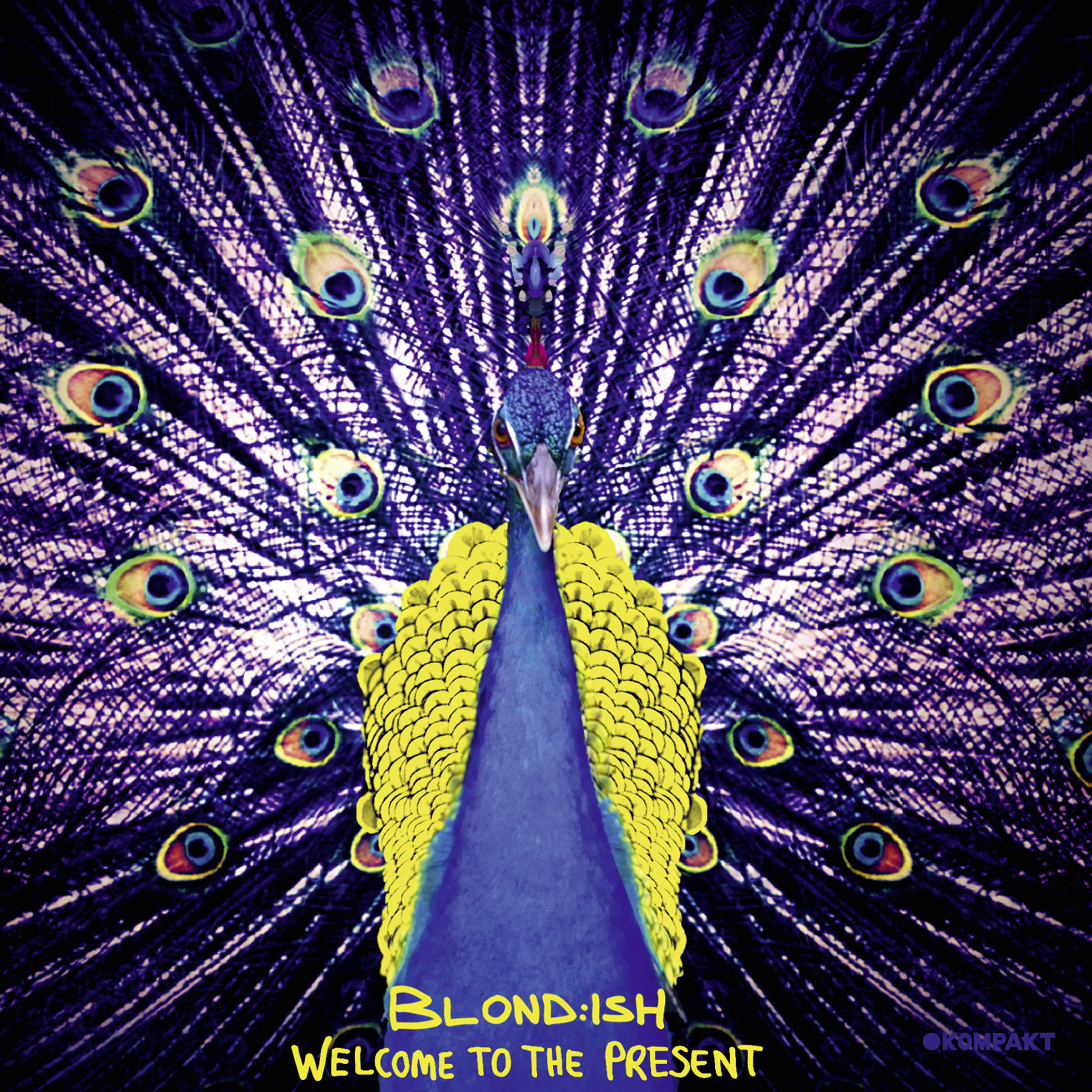
D’elene: In Tulum, our friend has a hotel, and the owner’s wife bought him a peacock for his birthday. His name is Phoenix. He lives on the beach and is just the happiest bird ever! One of our friends rented a room at the hotel with an open air bathroom and shower in it, and every morning at 8am Phoenix would climb over the roof into the bathroom and stare at himself in the mirror, showing off his beautiful feathers for about 30 minutes. We just love him and his attitude. He is very symbolic of our time in Tulum recording the album, because when you decide to show your true colors, that’s when you really shine.
And the album name, Welcome to the Present. What’s the meaning?
Bakos: After we had finished the album, we had this tour of India and decided to take two weeks off to go explore, meditate, do lots of yoga and immerse ourselves in the country because we know that we would have the time there to be away from our phones and social media. When you meditate and get closer to nature, I think this opens the creative mind—at least it did for us.
D’elene: We were not really drinking or doing anything else. It was very pure and we had a lot of clarity.
Bakos: During this time, we were having a lot of discussions about spirals and wormholes. When I was meditating, I would always see this infinite thing that continued going forward but I didn’t know what it was. Someone told me that it’s the “black spot,” or the feeling you get when the sun goes over the horizon. We were finding this in all sorts of different situations and we kept coming back to the same point. What it means is that you have no judgements, no ego—no nothing. It is the here and now in the present time. Right at that second.
D’elene: You are not thinking about the past nor thinking about the future, because a lot of human suffering comes from either being anxious—which is worried about the future—or depressed, which means you are worried about the past. That is where problems arise from. If you are meditating and completely focused on the present moment, nothing else matters and you are one with the universe. We wanted to bring this message to our audience. While we are certainly not the first people to be saying this, we are just expressing it in a different way; we wanted to say it through music. The title is basically trying to encompass what we are going through in our journey of awareness and remind people that the present is where people should try to live more often.
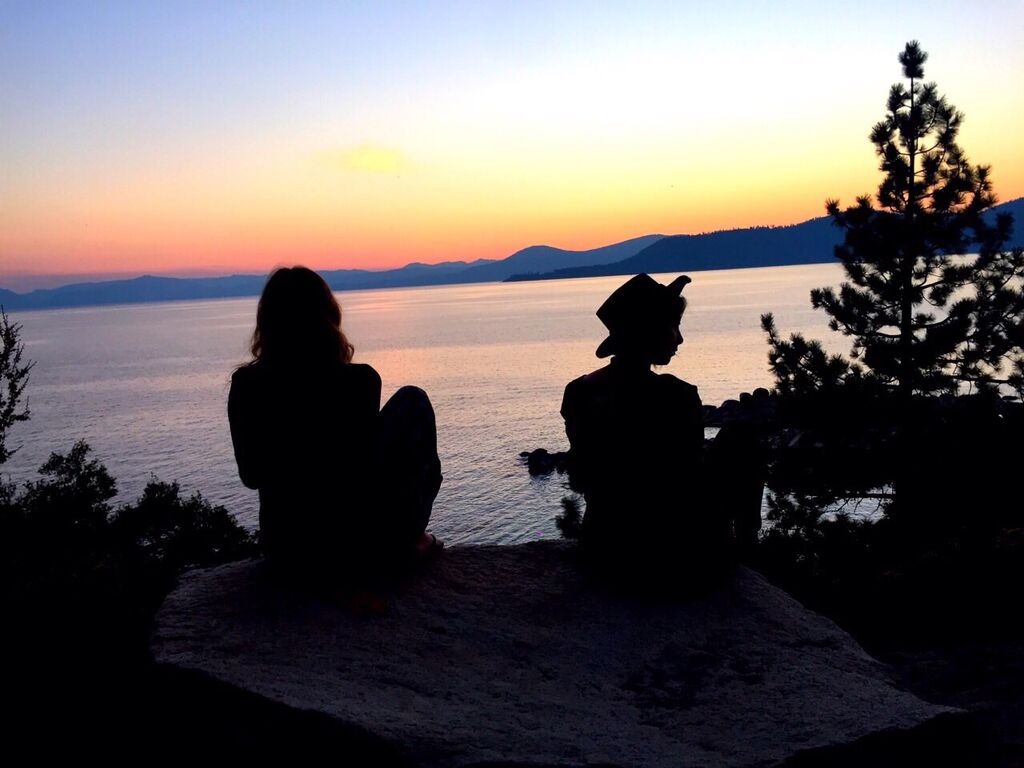
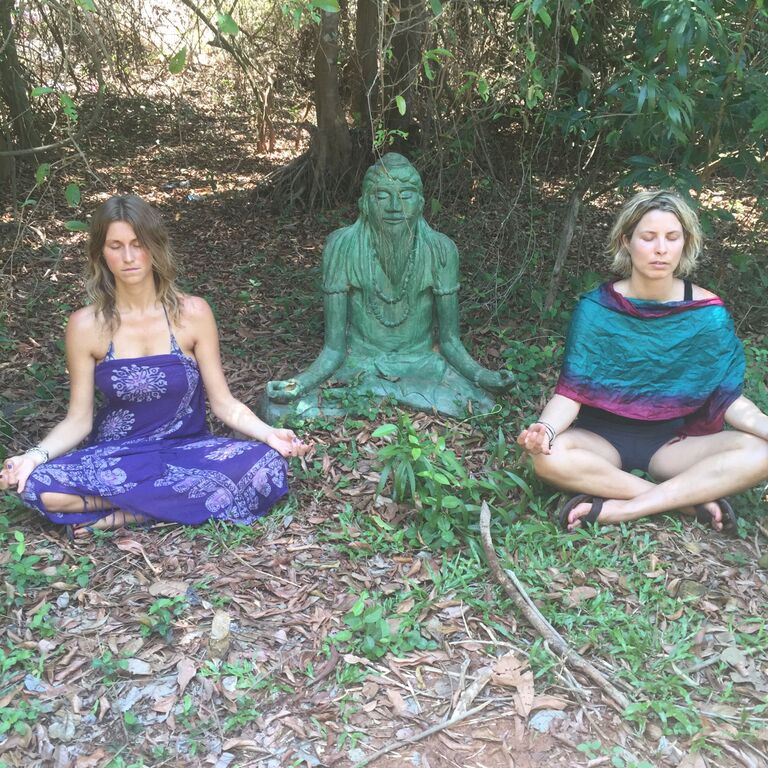
You’ve spoken previously about the reasons behind each track name—but do you perceive their to be a story to the album, and what’s the reason for ending the album with Alan Watts’ “It Starts Now” speech?
Bakos: It’s just our personal opinion, but the album is meant as a concept. It starts somewhere, it takes you somewhere and then there is a conclusion at the end—but not a conclusion where you think to yourself, that’s the end. It is a conclusion to the album, but actually a gateway for you to explore more about something else for your inner work or whatever you want to do. We ended with the Alan Watts speech because he is one of the greatest philosophers to us. He brings Eastern practices to the West in a “one plus one” type of way where we understand and we don’t just think it is like hoopla spiritual shit.
D’elene: t is an ironic kind of thing and it just ended up happening that the name of the Alan Watts speech that we use in the song is called “It Starts Now.” It is fitting for the theme of the album.
If you two had a story with the album, did you think quite a lot about the tracklisting?
D’elene: Not really. I ended up picking it randomly on the plane in like five minutes and it ended up being pretty accurate. It worked. It happened naturally and then we switched one or two around but that’s about it.
When did you know the album was finished? At what point do you say, ‘Wow, yeah—I am happy with that”?
D’elene: As an artist, and I’m sure as every artist would agree, you don’t really ever feel like your work is finished. Personally, I am very persistent and picky and you constantly have doubts sometimes. It is very very difficult to finish a track, so for 11 of them, it was challenging to let go. Sometimes you just have to let it go because you have to move on to the mixing phase, and then once you do that you can’t go back and change your lead line…and then you have to change your whole mix. It is a process of just learning to let go.

